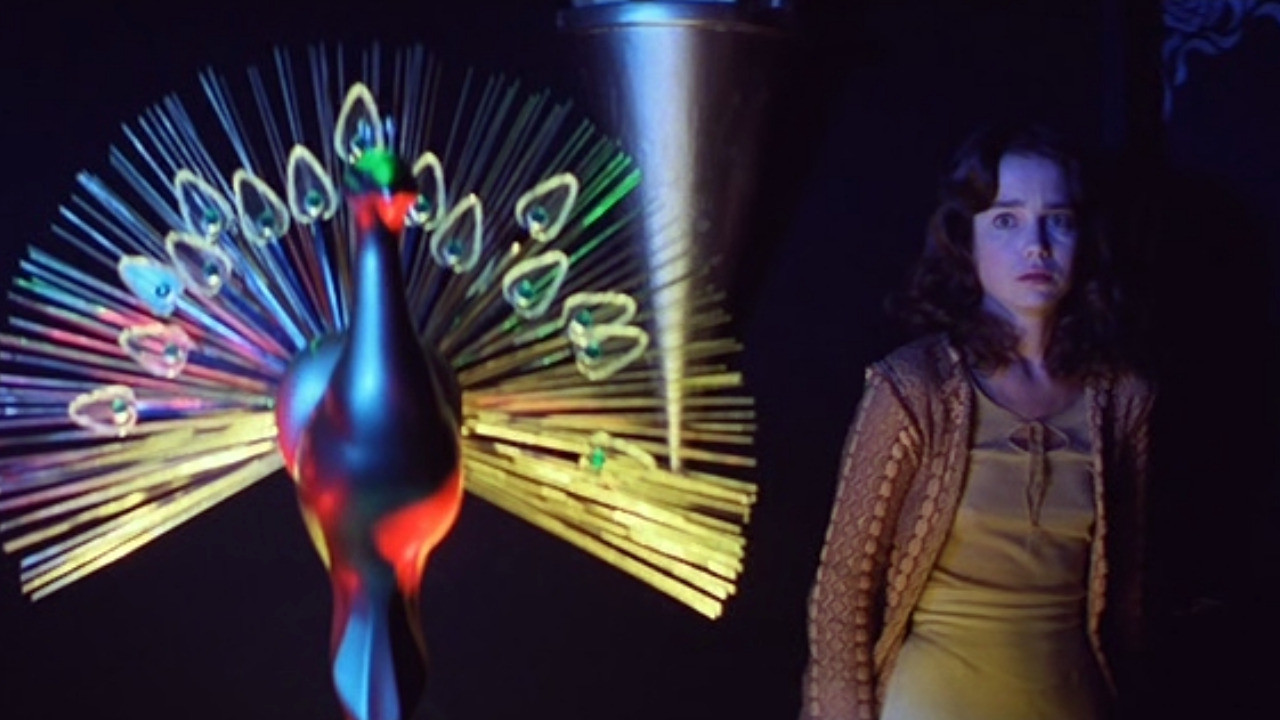
Part of the attraction with films designated with cult status is that they are decidedly different and much more provocative than mainstream populist fare.
The cult film experience differs from conventional cinema by appealing to unique sensibilities, be it the counterculture, genre films, or niche audiences that joyfully zero in on taboo content and proscribed subject matter that deliriously upends convention while offering added zip via razor-sharp satire, exploitation, and/or legitimate ideological dangers or controversial content.
The following list looks at films from the 1970s, an outstanding decade for film all around, that foster unhealthy obsession, stylish strangeness, and offer feelings of connection for the bravest or most eccentric viewers amongst us. If you’ve ever just clicked with a crazy movie or seen something so weird and so wonderful that it seemed somehow tailor made just for you and you alone, then you may well want to join a cult or at the very least get familiar with the odd-lot novelty that’s catalogued here.
25. Emmanuelle (1974)
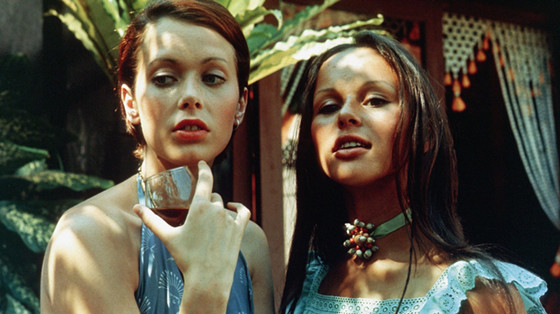
Dutch model and actress Sylvia Kristel was already a fashion icon before landing the eponymous role of Emmanuelle at the tender age of 22––she would go on to star in a total of five Emmanuelle films (smartly opting out of the last couple of sequels)––a softcore sensation that to this day remains one of the most successful French films ever produced.
Released in 1974 as the first installment in what would be a lucrative series of French erotica pictures based on the 1971 novel “Emmanuelle” by Emmanuelle Arsan, it tells the sordid and steamy tale of the wife of a French diplomat, who takes a vacation to Bangkok in order to augment her sexual experience.
It marked the directorial debut of former fashion photographer Just Jaeckin (who would reteam with Kristel in another explicit film, a 1981 version of Lady Chatterley’s Lover), and was the first time that an X-rated movie distributed by Columbia Pictures was released. Cresting the wave of porno chic pictures that dominated the decade (1972’s Deep Throat and 1978’s Debbie Does Dallas are other tawdry examples), Emmanuelle had a sweetness and an innocence absent from other films in this genre.
Though largely derided by critics at the time, Emmanuelle was a huge hit throughout Europe, the United States, and Asia, spawning sequels aplenty as well as schools of imitators such as Aristide Massaccesi’s infamous Black Emanuelle series.
24. The Texas Chainsaw Massacre (1974)
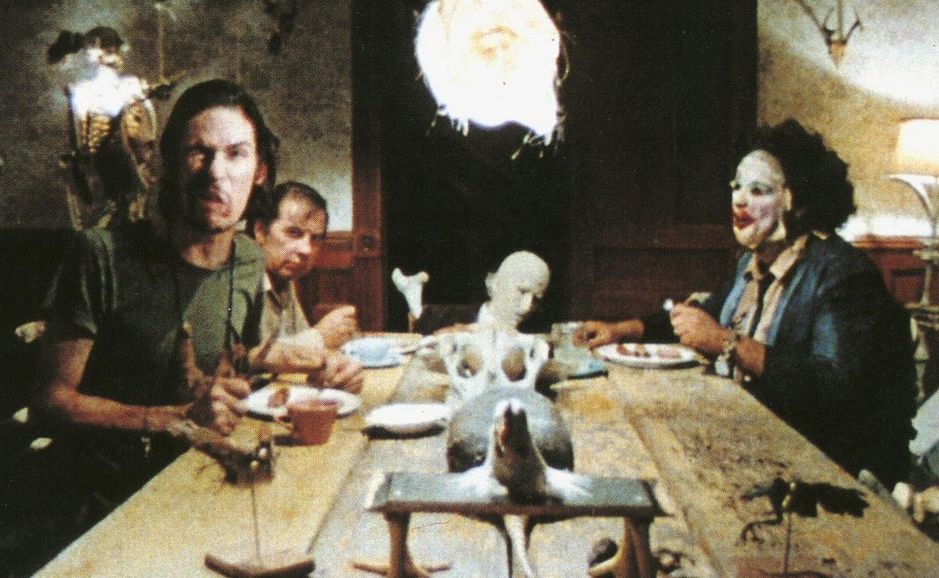
Tobe Hooper’s low-budget bombshell of a horror film The Texas Chainsaw Massacre unleashed a hurricane of dissention and controversy for all of its exploitative and shocking content. Partially inspired by the real-life story of serial killer Ed Gein, Hooper’s film, which effectively opens like a documentary, is relentlessly paced and purrs with a dangerous ferocity.
Sally Hardesty (Marilyn Burns) and her paraplegic brother Franklin (Paul Partain) along with a small group of friends visit their family’s old farmhouse in bucolic Texas. In no time these unlucky standard-bearers meet the people next door, a family of deranged and deadly reprobates including the chainsaw-swinging Leatherface (Gunnar Hansen), who has a rather eye-catching mask made of human skin.
A backwoods showpiece of terror stemming from a deformation of the American family, Hooper displays amazing restraint in his use of gore while still maintaining immense terror through subtle touches, excessive claustrophobic elements, and a lucid nightmare scenario. At once profoundly personal, fiercely disturbing, and strongly artistic, The Texas Chainsaw Massacre is a nerve-wracking stroke of sinister genius.
23. Piranha (1978)
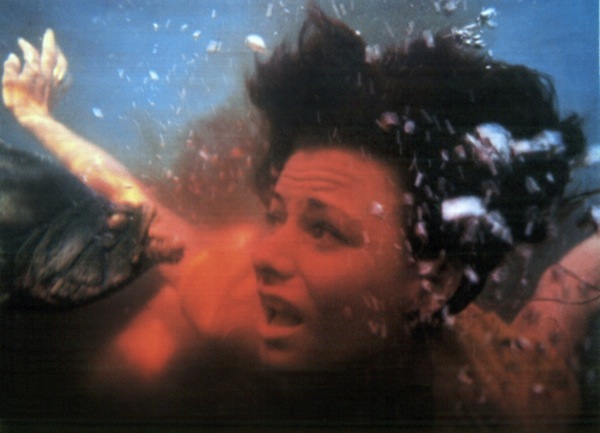
Ferociously fast-paced and a fair bit of cheeky fun, this Roger Corman produced satirical take on B horror movie redundancy was also the solo directorial debut of Joe Dante (The Howling, Gremlins)––who’d previously co-directed 1976’s Hollywood Boulevard with Allan Arkush. While lampooning disaster films and summer camp comedies of the era, Piranha primarily took its cues from Spielberg’s Jaws (1975), of which it was directly parodying, and the horror-comedy motifs the film exudes are easily enjoyed.
When inept teens Paul Grogan (Bradford Dillman) and Maggie McKeown (Heather Menzies) haphazardly release the mouthy mutant fish, perverse creations concocted by a mad military scientist named Dr. Robert Hoak (Kevin McCarthy), all hell busts loose.
The self-reflexive savagery and pitch black wit that splashes around in Piranha would become Dante’s trademarks as well the film would provide something of a template for cultish horror-comedies to follow.
The surprisingly nimble script came from John Sayles, and that may well be at the root of the strange franchise to follow that includes a successful sequel from James Cameron in 1981, followed by not one but two remakes (in 1995 and 2010), and another sequel in 2012. WTF? When will these hostile and hungry fish ever pack it in?
22. Cannibal Holocaust (1979)
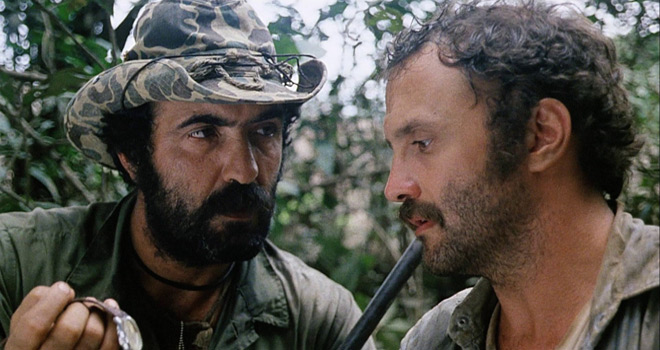
Morally ambiguous and rightly controversial for its regrettable and revolting instances of animal cruelty––for his part at least, director Ruggero Deodato has since condemned his past actions as idiotic youthful folly, remorsefully saying “I was stupid to introduce animals”––Cannibal Holocaust is easily one of the most censored and contentious cult narratives of all time.
Throughout the 70s the Italian “cannibal genre” enjoyed a fair bit of currency and renown, with Deodato dominating these action-oriented exploitation adventures. Working from a screenplay by Gianfranco Clerici and inspired by the sensationalized Italian media’s reporting of Red Brigade terrorism, a huge part of the impact that Cannibal Holocaust achieved was due to the inclusion of realistic news reports and a docudrama authenticity.
This made the film something of a precursor to the much later found footage film (like 1999’s The Blair Witch Project), and here the imagery that Deodato captured was so terrifyingly convincing that rumors abounded that Cannibal Holocaust was in fact a snuff film.
Exotic Amazon rainforests in Colombia with real indigenous tribes relating with relatively unknown American and Italian actors also worked in Deodato’s favor to create a film that was presented as believable, barbaric, and shockingly convincing. Not for the faint of heart.
21. Attack of the Killer Tomatoes! (1978)
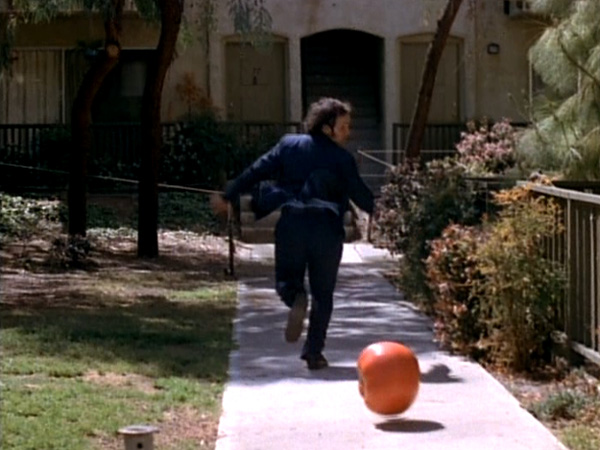
Who knew that John DeBello’s low budget burlesque of B-movies, 1978’s Attack of the Killer Tomatoes!, would father a franchise––including sequels, cartoons, a short-lived TV series, and video games––and firmly plant itself a place in pop culture as gratifying garbage? Best construed as a saucy sendup of disaster films, very much in vogue in the late 1970s, DeBello’s movie is a deliberately silly, and self-aware spectacle.
The story, little more than a thinly veiled stopgap to set up pearl-on-a-string style vignettes, and musical numbers, concerns an outbreak of, you guessed it, killer tomatoes. These nasty nightshades infiltrate American soil, ruthlessly attacking everyone, forcing the President to enlist a team of “specialists” to face them. The one-joke sell gets juiced for all it’s worth with results that range from rotten to ripe (you think these puns are bad, just watch the movie!).
20. Coffy (1973)
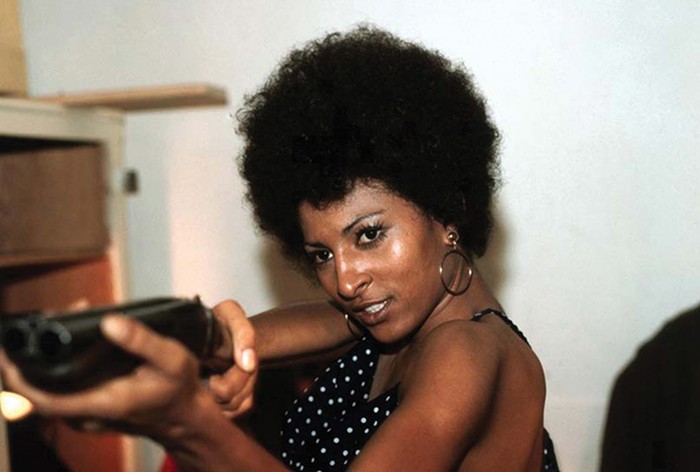
Writer-director Jack Hill’s distinctive cult corner, often typified by feminist narratives in the blaxploitation genre is at an all-time high in the influential and forcible revenge-addled urban epic Coffy.
Pam Grier is epochal and sensational as nurse “Coffy” Coffin, out for retribution having seen her little sister become a heroin junkie, it’s time she wage a one-woman scrimmage on the dealers and pimps she holds responsible. Disguising herself as a prostitute, Coffy goes on a murderous rage taking down dirtbags like sleazeball King George (Robert DoQui) and any other jive turkey that gets in her way.
Fans of Quentin Tarantino should take note that he deliberately pursued Grier for the title role in his crime thriller/blaxploitation homage Jackie Brown (1997) largely due to his love for her in this particular film.
Coffy is a quotable cocktail of violent temper, cold-blooded reprisal and fist-pumping street level reparations. Check it out.
19. Brewster McCloud (1970)
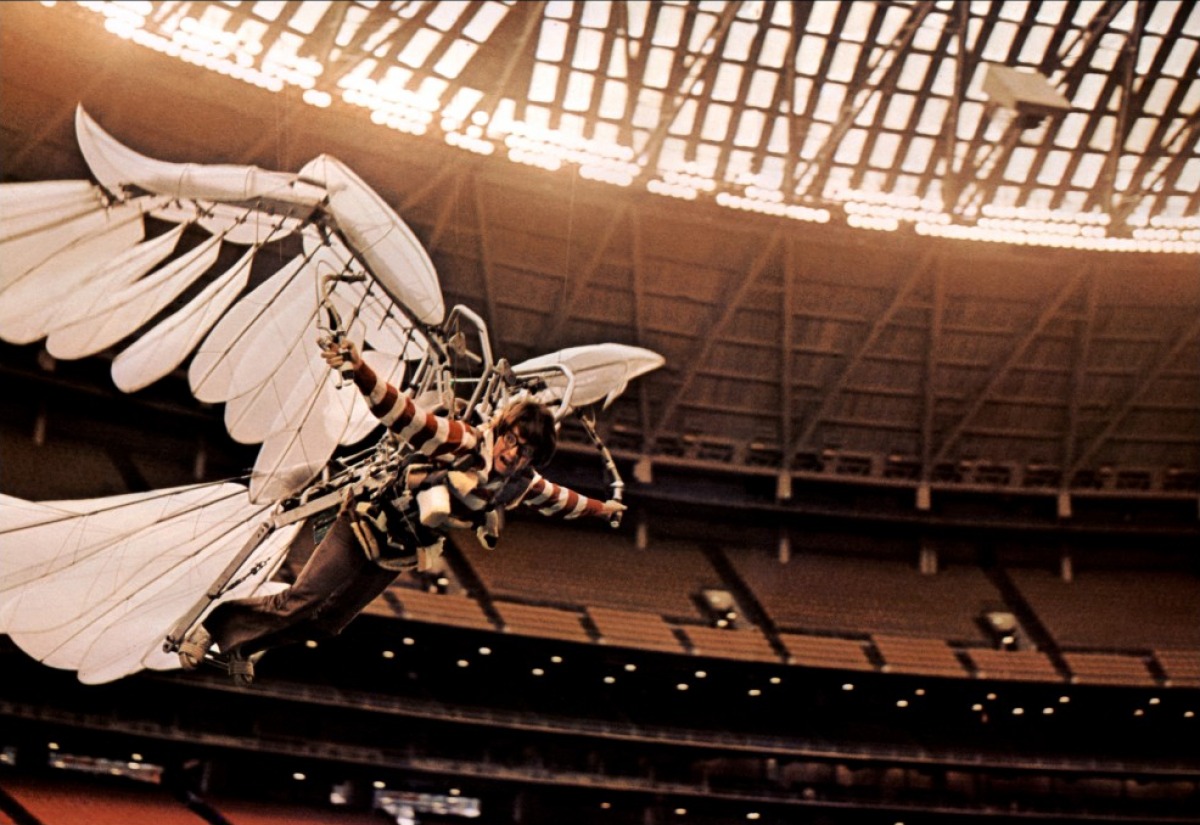
The 1970s saw an incredibly prolific and lustrous run from director Robert Altman, who was unafraid to experiment and dabble in every genre classification he saw fit to, and so this curio flight of fancy Brewster McCloud appeared between his Palme d’Or winning war epic M*A*S*H (1970) and his magnificent Revisionist Western McCabe & Mrs. Miller (1971).
From a wonderfully original screenplay by Doran William Cannon, Brewster McCloud tells the strange story of the titular reclusive youngster (Bud Cort), who dwells in an atomic fallout shelter nestled within the Houston Astrodome. Aided by Louise (Sally Kellerman), essentially his “fairy godmother,” Brewster fashions wings and learns to fly while simultaneously getting mixed up in a series of murders or which he becomes a prime suspect.
Altman regulars like René Auberjonois, Shelley Duvall, and Michael Murphy populate the film, each in expectedly eccentric roles, and pains are taken so that film alludes to numerous pop culture and fabulist hallmarks. The inclusion of Margaret Hamilton, who played the Wicked Witch of the West in the Victor Fleming 1939 classic The Wizard of Oz, adds to the insistence of such strange and inspired connections.
A charming, disarming, wonderfully cast, and frequently bonkers fantasy film, Brewster McCloud is certainly one of Altman’s most overlooked and acerbic little gems.
18. Halloween (1978)
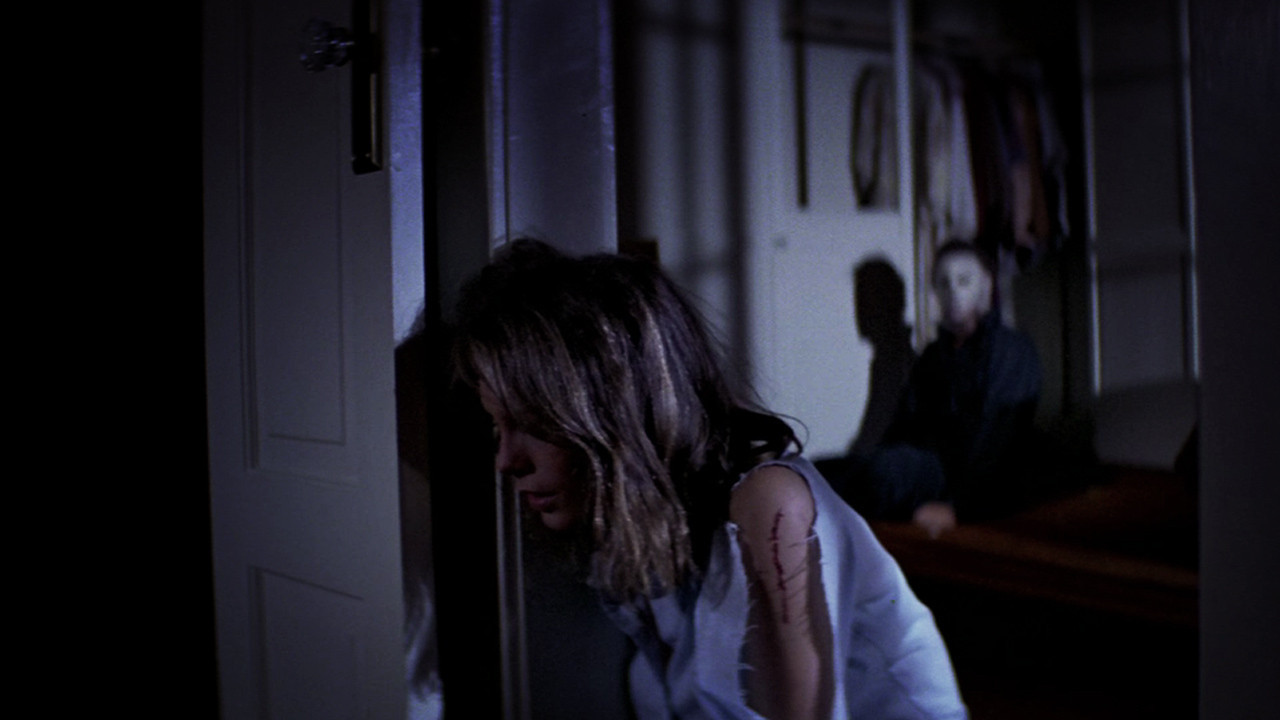
Few films have left such a lasting mark on the genre as Halloween. Sure, there had already been a number of slasher films with nasty boogeyman-like baddies, but never quite like this.
John Carpenter and Debra Hill wrote the script in a scant two weeks and shot it quickly, on a shoestring budget, blissfully unawares that it would gross $100 million, becoming a massive success for such a small-scale indie.
A bare-bones plot about mental patient escapee Michael Myers (Nick Castle), donning a mask and haunting and hounding teen Laurie Strode (a then unknown Jamie Lee Curtis, soon be dubbed “scream queen” and international star) would play with predator-prey tropes to startling and authentic effect.
Carpenter, using a simplistic subjective camera, and a startling soundtrack—composed by himself as an homage to Goblin, Dario Argento’s band du jour for his similarly impressive horror incursions—would stir untarnished shock value and terrible anxiety for decades to follow.
Brilliantly paced with unnerving long takes and fist-pumping confrontations between Michael and Laurie, the feeling of imminent disaster is hard to shake even long after the end credits scroll. Viscerally breathtaking and sensationally scary, Halloween’s influence and prominence is undeniable.